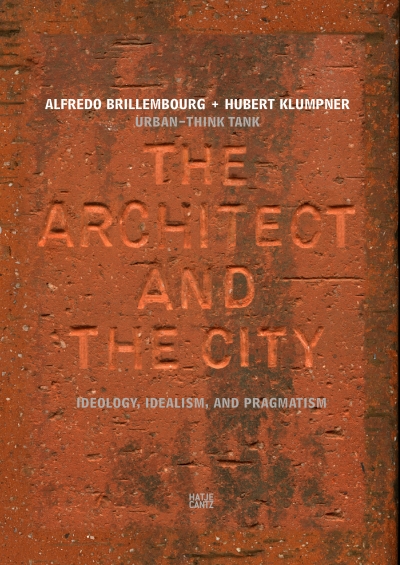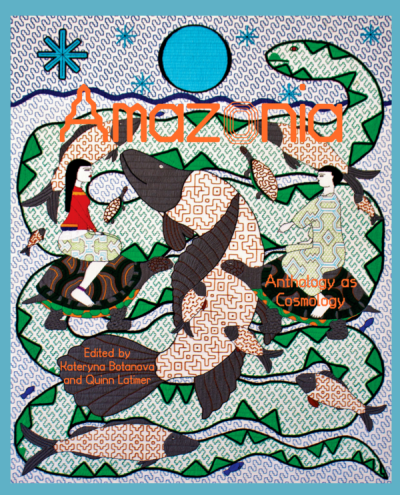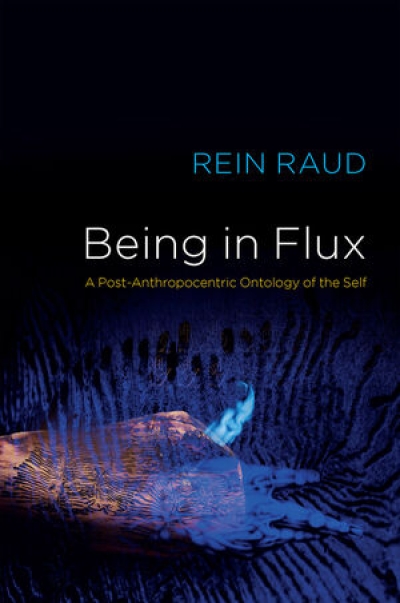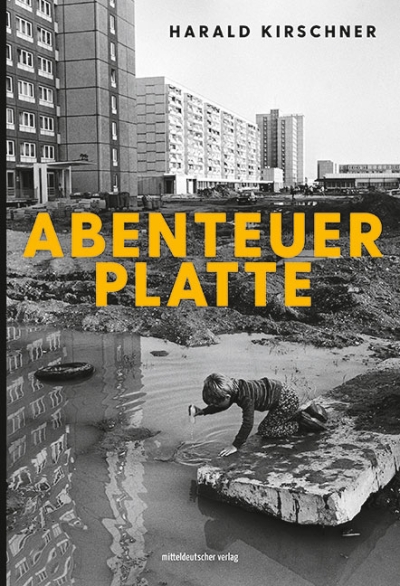
Elements of Venice
The metamorphic nature of Venice, a city in which most buildings underwent throughout the centuries substantial volumetric and formal transformations informed by political and cultural shifts, is revealed in Elements of Venice through the analysis of single architectural elements. Developed as a parallel research project of Fundamentals—the 14th Venice Architecture Biennale curated by Rem Koolhaas—the book offers insights on Venetian facades, stairs, corridors, floors, ramps, ceilings, doors, hearths, windows, balconies and walls.“Product not [only] of the mind but of societal organization” the elements are isolated from their picture-perfect context and from the postcard view of Venice that is impressed in our retinas, introducing the reader—through a combination of collages, drawings, photographs, paintings, film stills and quotes—to a radically new way of seeing Venice. Like a camera obscura photograph cuts through the often irrelevant embellishments of architecture to reveal the underlying skeleton of a building (i.e. its elements), this guide will allow the reader to better understand the fundamental transformations that have shaped Venice during the past ten centuries. This city, which for many is—architecturally speaking—permanently frozen in time, has in fact often been at the forefront of challenging the architectural conventions, both during the days of the Republic (until 1797), in which gothic and renaissance styles were seen as carriers of political and ideological meanings, and in the past two centuries when, despite the introduction of the dooming motto “Com’era, dov’era” (“As it was, where it was”), Venice underwent an unprecedented urban transformation.
Der stets im Wandel begriffene Charakter Venedigs, einer Stadt, in der die meisten Gebäude im Lauf der Jahrhunderte, in Folge politischer und kultureller Entwicklungen und Umstürze, substantielle volumetrische und formale Veränderungen erfahren haben, werden in Elements of Venice anhand der Analyse einzelner Architekturelemente verdeutlicht. Dieser Band wurde als Forschungsprojekt parallel zu Fundamentals – der 14. Architekturbiennale Venedig, kuratiert von Rem Koolhaas – entwickelt. Er ermöglicht Erkenntnisse über venezianische Fassaden, Treppen, Korridore, Böden, Dachschrägen, Decken, Türen, Herdstellen, Fenster, Balkone und Wände. Als «Produkte nicht nur des Geistes, sondern auch gesellschaflicher Organisationsformen» werden die einzelnen Elemente aus ihrem pittoresken Kontext und aus dem Postkartenhaften Venedigs herausgelöst. Mit einer Kombination aus Collagen, Zeichnungen, Fotografien, Gemälden, Filmstills und Zitaten wird der Leser an eine radikal neue Sicht auf Venedig herangeführt. Wie die Fotografie einer Camera obscura, die durch oft irrelevante Verzierungen hindurch, direkt auf das Skelett, also die einzelnen Elemente eines Gebäude sieht, ermöglicht dieser Guide, die fundamentalen Veränderungen besser zu verstehen, die Vendig in den vergangenen Jahrhunderten geformt haben. Die Stadt, die – zumindest in architektonischer Hinsicht – als auf Ewigkeit «eingefroren» erscheint, hat oft an vorderster Front mitgewirkt,wenn es darum ging, architektonische Konventionen zu hinterfragen. Dies sowohl in den Zeiten der Republik (bis 1797), in der gotische und an die Renaissance gemahnende Stile politische und ideologische Bedeutungsträger waren, als auch in den letzten zwei Jahrhunderten, während derer Venedig – trotz des hemmenden Leitspruchs «Com’era, dov era» («Wie es war, wo es war») – eine beispiellose städtebauliche Entwicklung durchlaufen hat.

































































































